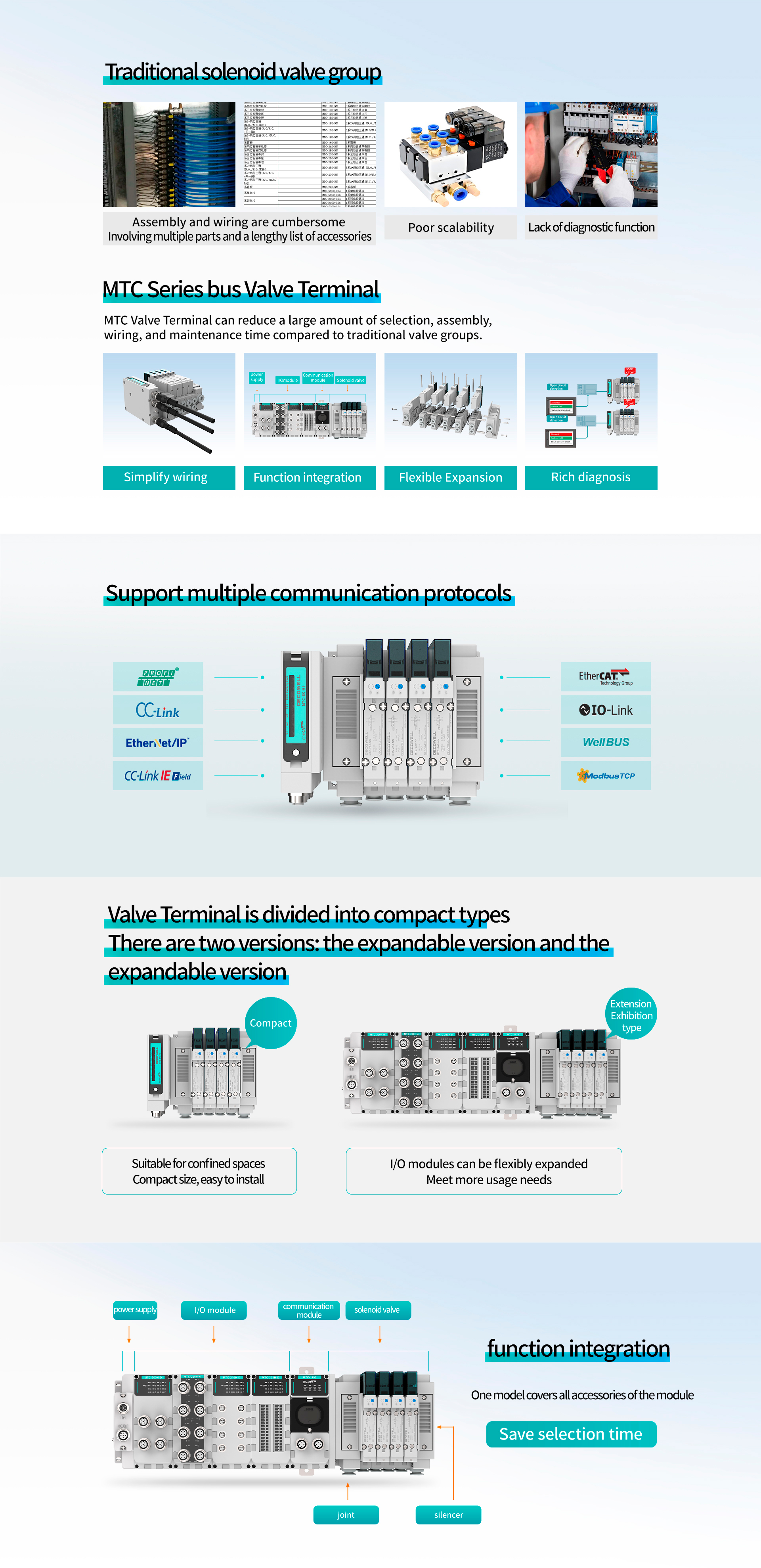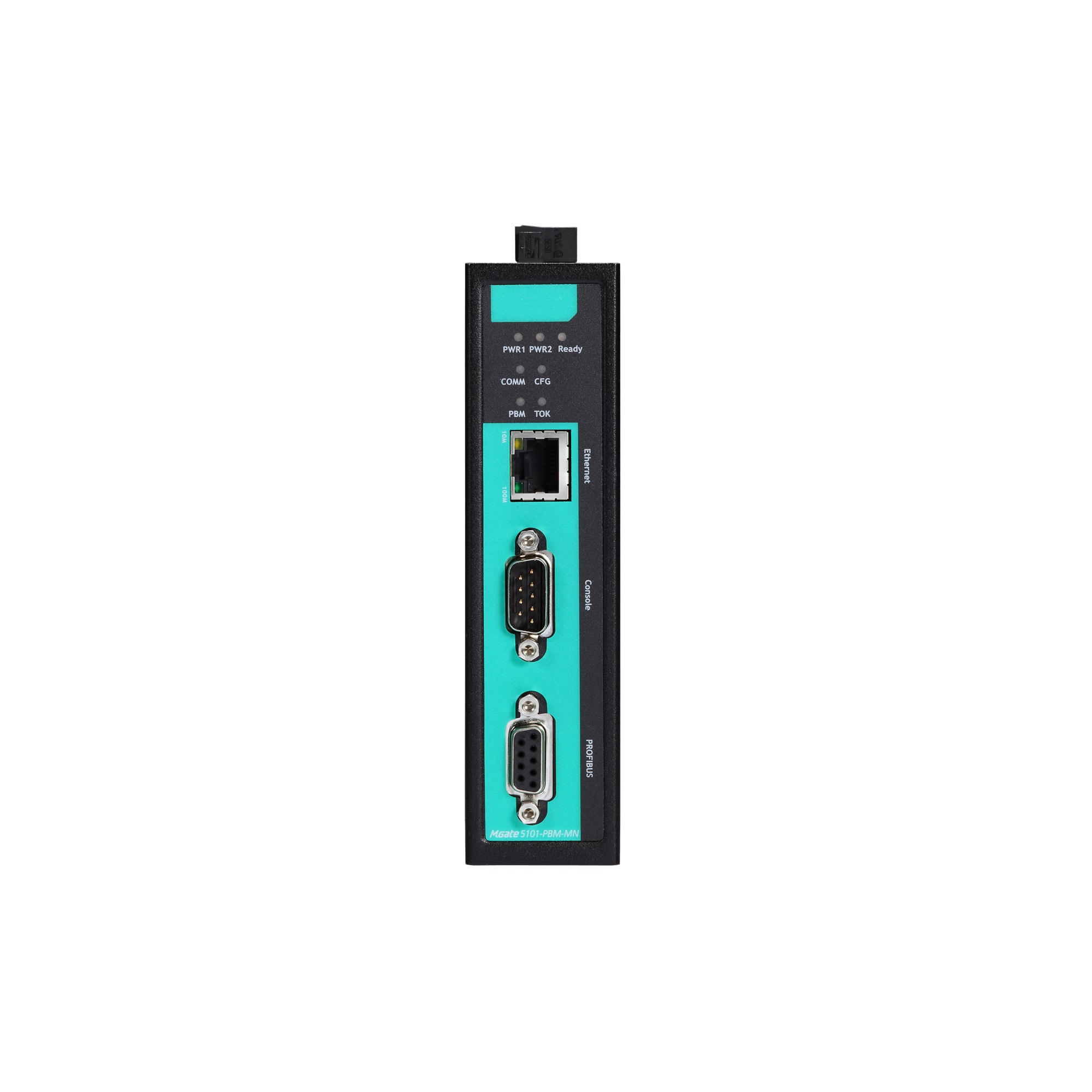Introduction: The Pain of Inefficiency
Picture this — you’re in a factory, and the press halts. A valve terminal fails. You wonder, why do failures always occur during peak production times? A reliable valve terminal is vital in any industrial setup to ensure smooth operation. Without a functioning valve terminal, the entire system can flip into chaos, affecting productivity. Accurate data indicates downtime can cost businesses thousands daily. It’s clear: a high-quality valve terminal is a must.

Body: Delving into Technical Intricacies
Flaws of Traditional Solutions
Look, it’s simpler than you think. Traditional valve terminals often come with flaws. They tend to be bulky, complicating installations and utilizing excess space. Often, they face connectivity issues, leading to emergency repairs — never a pleasant surprise in a tight schedule.
New Technology Principles
However, new technology brings solutions! Modern valve terminals are streamlined, using compact designs that save space and simplify installation (major win, right?). These devices come equipped with advanced connectivity features — think smart sensors that monitor usage in real time. They boost efficiency beyond conventional limits.
Quantified User Benefits
Users report impressive benefits. By transitioning to a modern valve terminal, production efficiency improves up to 30%! Maintenance costs decrease, too. Fewer breakdowns mean less time groping in the dark for solutions, allowing focus on what matters most — production.
Conclusion: Criteria for Decision-Making
Always verify these 3 metrics when choosing solutions: ① durability ② scalability ③ ease of integration. A thoughtful evaluation guarantees a successful investment in your operation. After all, a well-functioning valve terminal makes all the difference in achieving seamless machine operation.
Exploring the Industrial Valve Island
Shifting gears to the industrial valve island, this unit plays a pivotal role in automating the control of fluids and gases in various processes. Designed to enhance efficiency, they help centralize control, reducing the need for complex pipe networks. Consider how much easier it is when multiple valves operate from a single control point. Efficiency, clarity, and simplicity sit at the heart of industrial valve islands. They fit nicely in spaces that conventional valves cannot, ensuring you get the most out of your plant layout. Think of them as the hub of a control system, guiding efficient workflow.
The Role of Solenoid Valve Islands
The solenoid valve island brings forth a change in how energy is managed in fluid control. These systems replace traditional valves with electromagnetic versions, automating actuation for millisecond response times. The rapid activation is crucial in applications requiring precision, like packaging and assembly lines. Solenoid valve islands minimize energy consumption, improving overall efficiency. Plus, variable wiring options make installation less daunting. They meld technology with practicality, creating a user-friendly interface for operators. With solenoid options tailored to specific tasks, versatility in industrial automation has never been higher.

To sum up, understanding valve terminals, industrial valve islands, and solenoid valve islands proves necessary for optimized industrial operations. Selecting the right manufacturer is half the battle won. Brands like DECOWELL stand out, offering extensive support and supply advantages. Choose wisely for a more efficient tomorrow!
